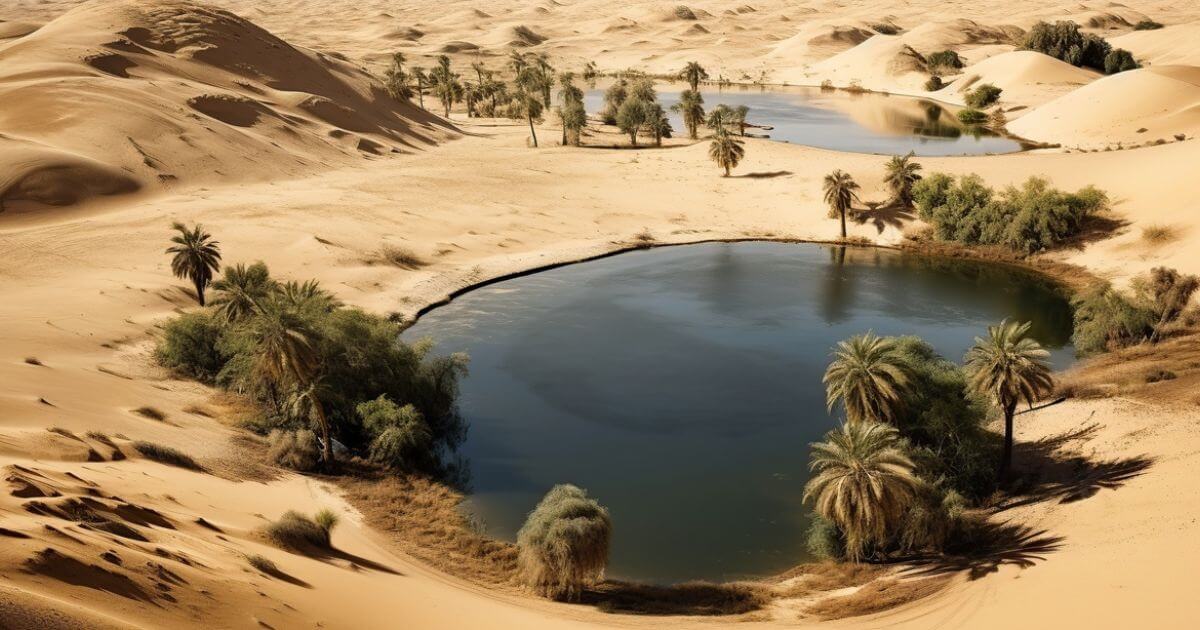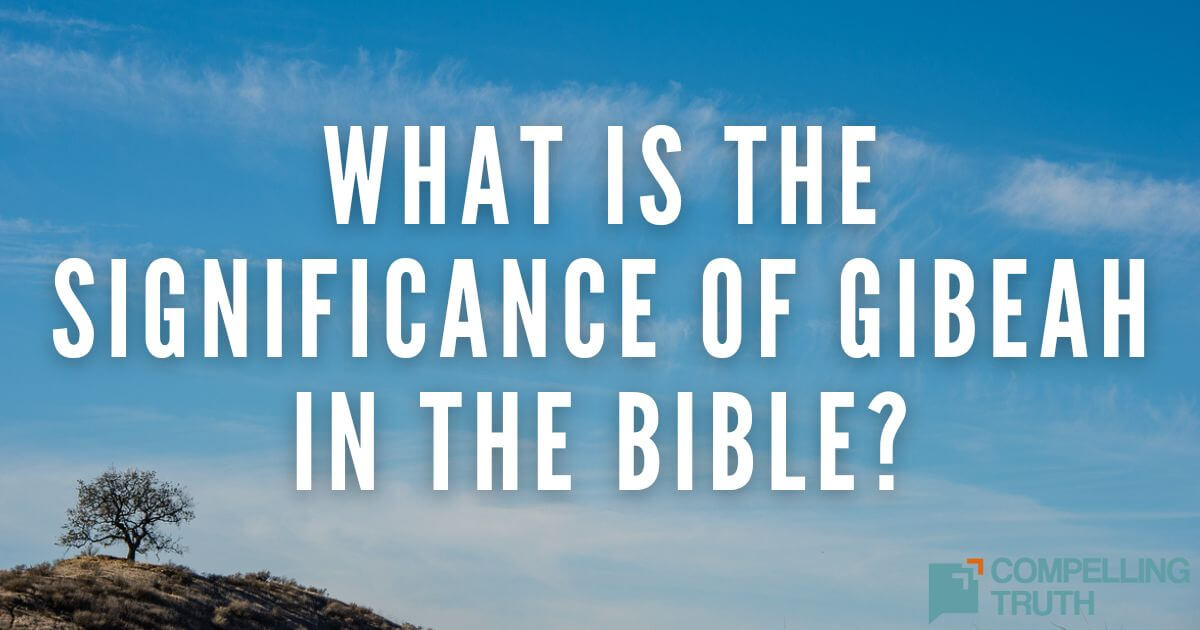what does the bible say?
Kadesh-barnea, an oasis in northern Sinai, served as the Israelites' camp after leaving Egypt, where they stayed for thirty-eight years until the old generation perished. Significant events occurred there, including sending spies to Canaan and Moses striking the rock for water. Despite their lack of faith, God provided for them, and Kadesh-barnea became a symbol of His faithfulness. It was designated as part of Israel's southern border and will be restored according to Ezekiel's prophecy. Kadesh-barnea reminds us of God's trustworthiness and His promise of restoration, offering hope for the future.




